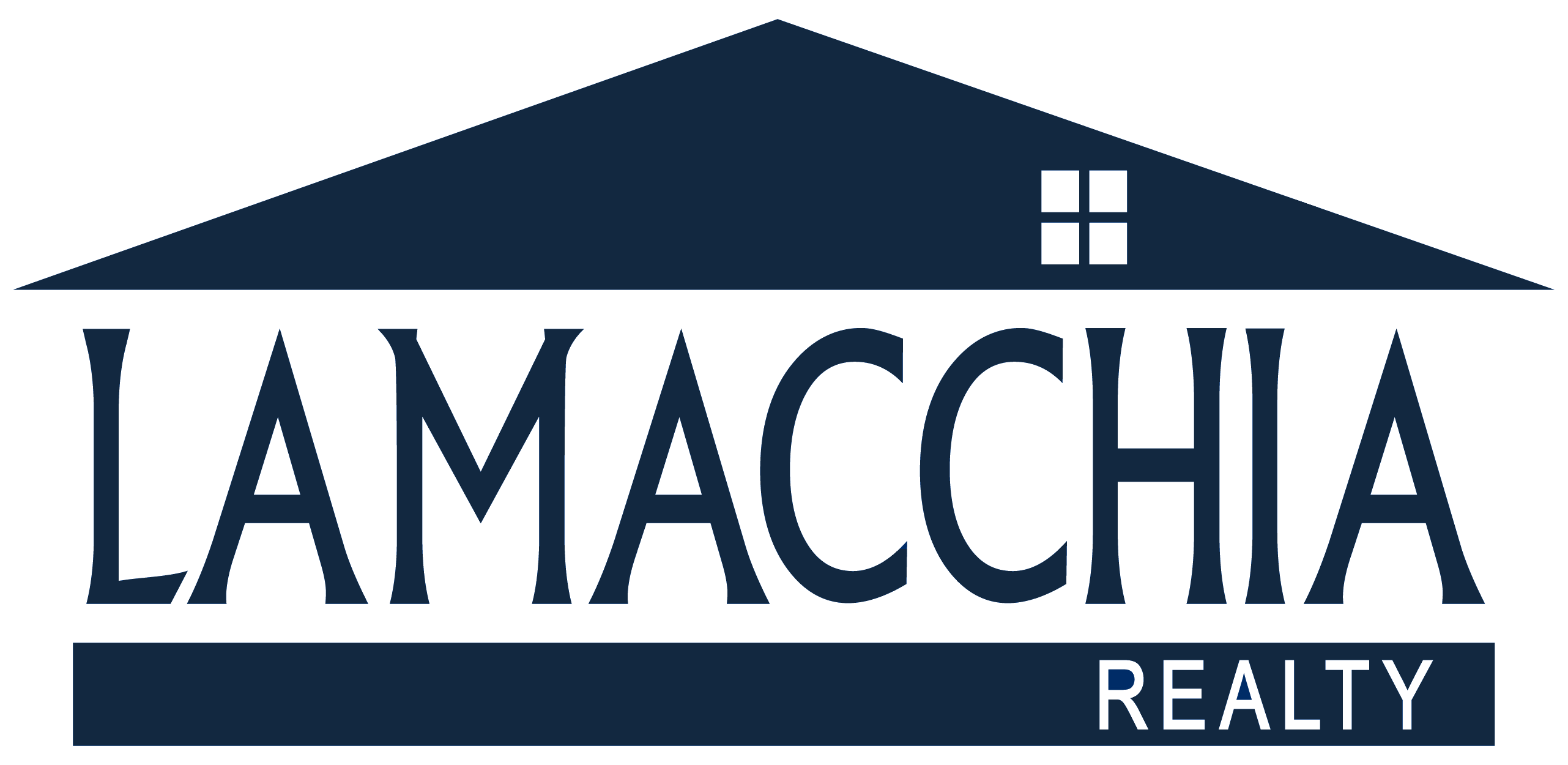
Buying a new home is certainly exciting, and there are several decisions you’ll have to make throughout the process. How many bedrooms? What kind of neighborhood? While these are all important questions to consider, one of the most crucial decisions you’ll make is what type of mortgage will work best for you. There are many options to consider especially in this current market, one of them being an adjustable-rate mortgage, otherwise known as an ARM. If you’re not too familiar with ARMs and how they work, this guide will help you decide if it’s the right option for you!
What exactly is an Adjustable-rate mortgage (ARM)?
An adjustable-rate mortgage (ARM) is a home loan with a variable interest rate. This means that the rate will adjust over time based on what’s happening in the market. To start, the interest rate is lower than typical fixed-rate mortgages, oftentimes called a teaser rate, but after that initial period ends, interest rates – and therefore your monthly payment – can go higher or lower. An ARM can be beneficial for buyers looking to get the lowest possible mortgage rate starting out, but long-term budgeting may be difficult once your monthly payments begin to fluctuate.
How it works – Fixed Period vs. Adjustment Period
There are two different periods throughout the lifetime of an ARM: Fixed and Adjustment
The fixed period is the initial, set number of years that the interest rate will not change. In most cases, the fixed period lasts for the first 5, 7, or 10 years of the loan. During this period, your monthly payment will remain the same.
The adjustment period begins once the fixed period has concluded. During this period, the interest rate and your monthly payment can go higher or lower based on the market.
For example, a 25-year ARM with a 5-year fixed period would mean a fixed rate for the first 5 years and a fluctuating rate for the rest of the loan term.
Types of ARM Loans
If you decide that an ARM is right for you, there are several options to choose from!
- 5/1 ARMs – This ARM has a 5-year fixed period, and then the rate will adjust once a year during the adjustment period.
You may also see this loan written as 5/1 (2/2/5). This means that rate caps are associated with the loans, and this set of numbers illustrates those details.
- 5/6 ARMs – This ARM has a 5-year fixed period, and then the rate will adjust every 6 months during the adjustment period.
- 7/1 ARMs – This ARM has a 7-year fixed period, and then the rate will adjust once a year during the adjustment period.
- 7/6 ARMs – This ARM has a 7-year fixed period, and then the rate will adjust every 6 months during the adjustment period.
- 10/1 ARMs – This ARM has a 10-year fixed period, and then the rate will adjust once a year during the adjustment period.
- 10/6 ARMs – This ARM has a 10-year fixed period, and then the rate will adjust every 6 months during the adjustment period.
Pros and Cons to an ARM
PROS
- You could potentially start with the lowest possible interest rate
- With lower monthly payments, there are more opportunities to save money
- It’s a great option for those who plan on moving shortly after buying, typically during the fixed period and BEFORE the rate begins to fluctuate
- It’s also an option for those hoping that rates will decrease enough during the lower fixed period to refinance to a 30-year fixed before the adjustment period kicks in
CONS
- After the fixed period you could have a very HIGH rate during the adjustment period
- You may not be able to save as much if your monthly payments are higher
- Once the adjustment period begins, it’s more difficult to budget for the long term or predict what your future financial standing will be. It may be harder to budget for the goal of wanting to buy a new home
How to Refinance when you have an ARM
Over time, your financial situation can change, and you may realize that your ARM is no longer a good fit. Maybe you need something that is a bit more stable, such as a fixed-rate mortgage. All you need to do is take out a new loan to pay off the original mortgage, and then you start paying off the new mortgage going forward.
Keep in mind that you’ll go through many of the same steps required to get the original mortgage. Be prepared to show proof of your income and build up your credit score to qualify. Additionally, keep an eye on the current market and interest rates to determine if this is the right time to refinance.
Do Your Research!
Adjustable-rate mortgages can be a great option for borrowers who are comfortable with taking on a bit more risk. If you have strong faith in your ability to repay your mortgage and are confident that you’ll be able to make higher payments down the line, if necessary, an ARM could help you snag a lower interest rate and save you some money over the life of your loan. Ultimately, it’s important to do your research and speak with a financial advisor to figure out what type of mortgage is best for you and your unique financial situation.
